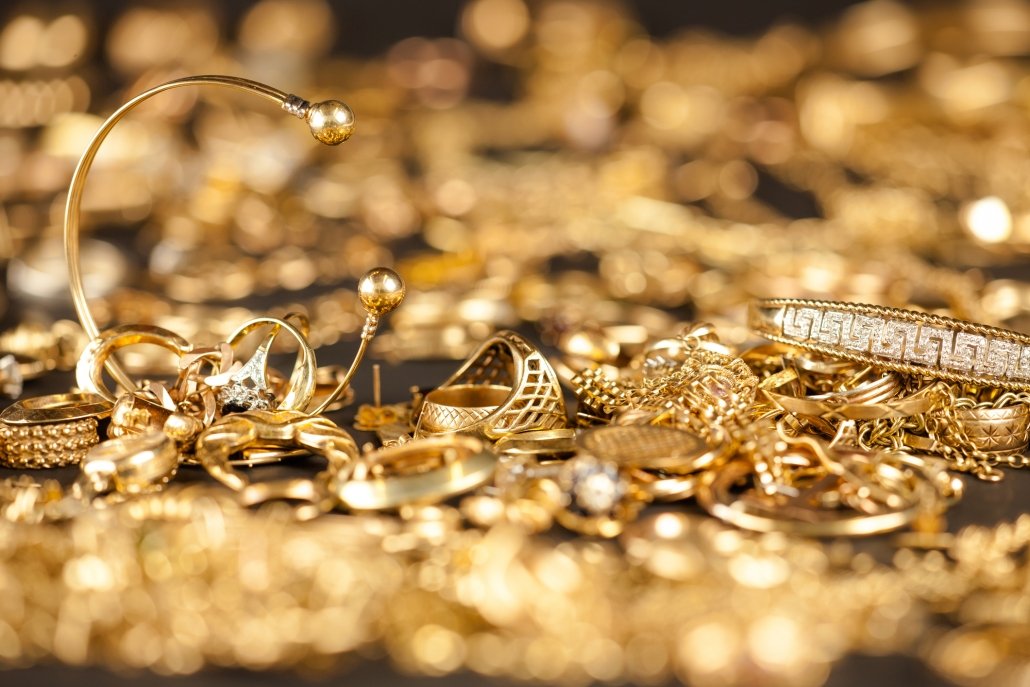
One of the main factors that affect the value of gold items is market demand. When a greater number of individuals want to purchase gold, its price tends to increase. This demand can come from various origins, including ornament creators, traders, and central financial institutions. For example, during times of financial uncertainty, many traders turn to gold as a secure refuge for their funds. This increased need can drive up the cost of gold pieces. Conversely, if need decreases, the value of gold may fall. Understanding consumer patterns and buyer actions is essential for determining the current worth of gold.
Another significant factor is the purity of the gold. Gold is assessed in karats, with 24 carats being 100% gold. Items with greater purity levels are typically considered valuable than items with lesser standards. For example, an article made of 18-carat gold contains 75% gold and 25% other alloys, while a 14-karat piece contains only 58.3% gold. Consumers often search for high-fineness items because they are considered long-lasting and have a higher inherent value. learn the facts here now Hence, when assessing the worth of gold items, it is crucial to consider their fineness level.
Artistry also has a major role in determining the value of gold pieces. The skill and artistry put into in making a work can greatly influence its worth. Handmade jewelry, for example, may be more worth than mass-produced top article pieces due to the time and care invested in its production. Unique designs and intricate details can boost the attractiveness of gold items, making them considered desirable to enthusiasts and buyers. Hence, the craftsmanship of a gold piece can significantly affect its market worth.
Financial circumstances are another critical element that influences the value of gold. The cost of gold is often linked to the overall health of the financial system. During times of inflation or economic uncertainty, gold is perceived as a reliable asset. As a result, its value may rise. On the other hand, when the financial system is strong and stable, the need for gold may decrease, leading to lower costs. Investors and enthusiasts must stay an eye on financial markers, such as rate levels and rising prices rates, to grasp how these elements can affect the value of gold items.
The value of gold items is influenced by a mix of elements, such as market need, fineness, artistry, and economic circumstances. Grasping these elements can help individuals make informed choices when buying or trading gold. As gold remains to be a important asset, being aware about these factors will be advantageous for anyone interested in the gold industry. Whether for personal utilization or investing purposes, recognizing what influences the worth of gold can result to superior choices and enhanced satisfaction.